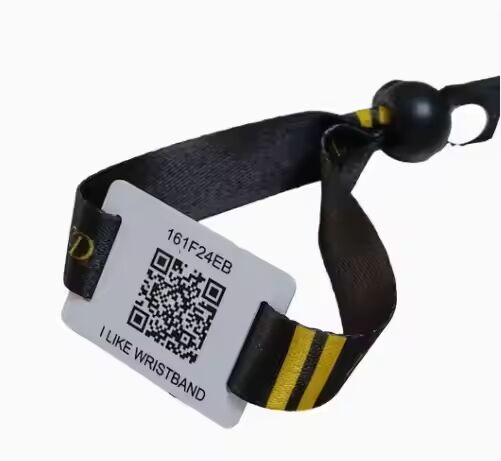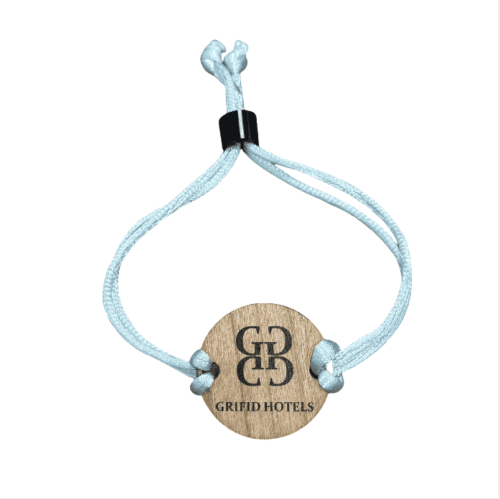RFID Cards
RFID (Radio Frequency Identification) cards are contactless smart cards that use radio frequency technology to transmit data between the card and a reader. These cards are embedded with an RFID chip and antenna, allowing quick and secure communication without physical contact.
RFID Cards are widely used in access control, payment systems, transportation, and inventory management. it can enhance efficiency by enabling fast transactions, improving security, and reducing manual processes. With their durability and ability to store encrypted data, RFID cards are a reliable solution for modern identification and tracking needs.
1. What is an RFID card?
An RFID card is a contactless smart card equipped with a chip and antenna, allowing it to communicate via radio waves with a reader for data exchange.
2. How do RFID cards work?
RFID cards operate by using electromagnetic fields to transfer data stored in their chip. Readers emit radio waves that power the card and retrieve the stored information.
3. What are RFID cards used for?
RFID cards are commonly used in applications such as secure door access, public transport ticketing, cashless payment systems, inventory tracking, and employee or student ID systems.
4. What is the range of an RFID card?
The range depends on the card type: low-frequency cards work within a few centimeters, while ultra-high-frequency cards can work up to several meters.
5. Are RFID cards secure?
RFID cards can be secure if they use encryption and authentication methods, but unencrypted cards may be vulnerable to data theft or cloning, requiring proper safeguards.
6. What are the benefits of RFID cards?
RFID cards enable fast, contactless data transactions, reduce manual errors, improve operational efficiency, and provide better durability and security compared to traditional cards.
7. Can RFID cards be reused?
Many RFID cards, especially those with rewritable chips, can be reused by erasing and reprogramming data, making them cost-effective for multiple-cycle use.
8. What is the difference between RFID and NFC cards?
NFC is a type of RFID technology designed for short-range communication (up to 10 cm) with added features like peer-to-peer data exchange and mobile device compatibility.
9. Do RFID cards require batteries?
No, most RFID cards are passive and draw power from the electromagnetic field generated by the RFID reader, eliminating the need for internal batteries.
10. Can RFID cards be damaged?
Yes, RFID cards can be damaged by physical bending, breaking, strong magnetic fields, or prolonged exposure to extreme heat or cold, which may disrupt the chip or antenna.
Here are 6 common application scenarios for RFID cards
1. Access Control
RFID cards are widely used for secure access to buildings, offices, or restricted areas. Employees or authorized personnel are issued RFID cards, which are scanned at entry points to unlock doors. These cards ensure only authorized users can enter, enhancing security while eliminating the need for traditional keys or PIN codes.
2. Public Transportation
RFID cards are used as contactless travel passes in buses, trains, and subways. Passengers simply tap the card on a reader to pay for fares, making transit systems more efficient and reducing waiting times. Examples include Oyster cards in London or MetroCards in some U.S. cities.
3. Payment Systems
RFID cards are used in cashless payment systems, such as at vending machines, parking lots, or retail stores. Contactless payment cards allow users to pay by tapping their RFIDenabled card on a reader, providing faster and more convenient transactions compared to cash or swiping.
4. Employee and Student Identification
RFID cards double as ID cards for employees or students. These cards not only act as identification but can also track attendance and grant access to specific facilities like libraries, labs, or meeting rooms. This improves both security and operational efficiency.
5. Inventory and Asset Tracking
In warehouses and retail stores, RFID cards or tags are used to track inventory and assets. RFID readers can quickly scan multiple items at once, reducing manual effort and errors in stock management. This application improves supply chain visibility and reduces losses due to misplacement.
6. Hotel Key Cards
RFID cards are commonly used as room keys in hotels. Guests receive an RFIDenabled card to access their rooms by simply tapping it on the door lock. These cards are programmable, allowing the hotel to reuse them for different guests while improving convenience and security.
Each of these scenarios highlights the versatility and efficiency provided by RFID cards in modern applications.




















